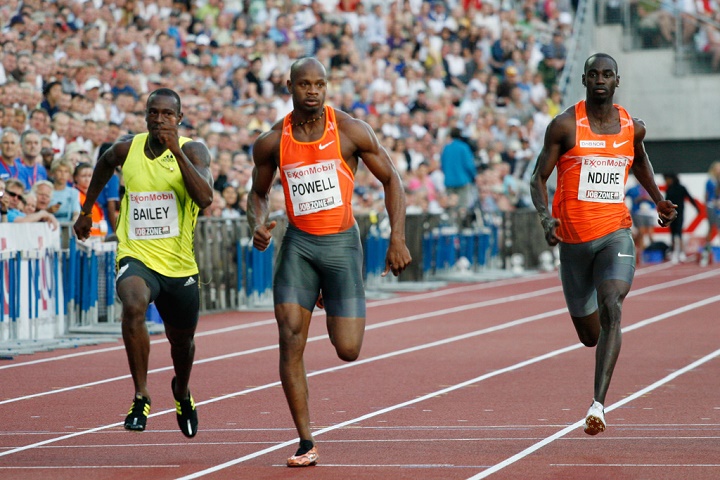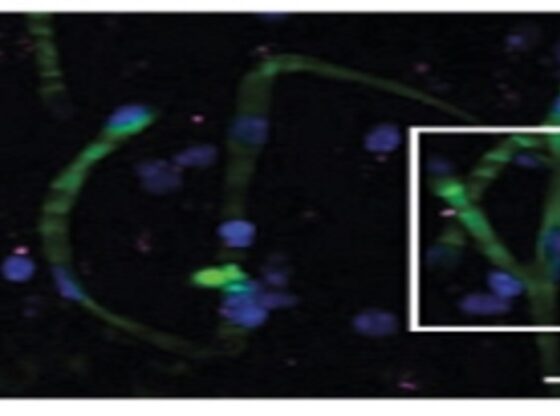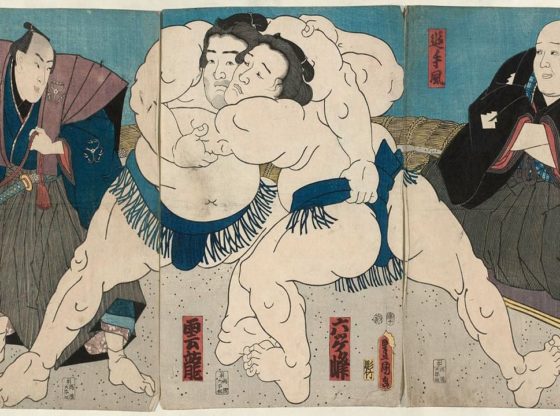
Researchers have found an explanation to why high-intensity exercise in short intervals is so effective.
High-intensity training (HIIT) in short intervals has been shown to provide improved athletic capacity and condition, improved glucose metabolism, improve fat burning and make the muscles become more sustainable.
Calcium Channels
Swedish researchers can now explain why. They have seen that the type of exercise starts signaling the body to break down what is known as calcium channels, this means that the amount of calcium increases in muscle cells.
And this is the key since this is what is required for changes that make the muscle cells become more sustainable.
Interval Training Change the Cell Structure
The researchers had male athlete’s ride a stationary bike as hard as possible for 30 seconds. They then had to rest for four minutes before doing it again. This was repeated up to six times.
The researchers then took samples from the men’s thigh muscles, and it was shown that the cell’s structure of the muscles had changed.
They noticed that three minutes of hard training can have a better effect than the more common longer exercise, running for an hour or so.
The question was, what had changed to make the muscles adapt in such a way?
Free Radicals
When the calcium channels are broken down, calcium leak out into the cell, and the cell to start to produce different proteins, including the cell’s “power plants” mitochondria.
Mitochondria produce energy and we already know that changes that stimulate the formation of mitochondria, do increase the muscle endurance capacity.
The reason that calcium channels are broken down is that a number of free radicals increases. Which may also explain why an intake of antioxidants may reduce the effect of endurance training, as has previously been shown in other studies.
The Swedish researchers noticed that very hard training makes for a shower of free radicals that in turn destroy or break down the calcium channels, and this triggers the effect. When the cells mobilize to reduce a number of free radicals, mitochondria is created.
The Harder the Better?
Some calcium leakage is good as it may trigger positive exercise effects. But too much calcium leakage can cause the muscle cells to effectively shut down. The risk is that the muscles essentially becomes weaker instead of stronger, according to the researchers.
_______________
Ryanodine receptor fragmentation and sarcoplasmic reticulum Ca2+ leak after one session of high-intensity interval exercise
______________________________











![OpenAI. (2025). ChatGPT [Large language model]. https://chatgpt.com](https://www.illustratedcuriosity.com/files/media/55136/b1b0b614-5b72-486c-901d-ff244549d67a-350x260.webp)
![OpenAI. (2025). ChatGPT [Large language model]. https://chatgpt.com](https://www.illustratedcuriosity.com/files/media/55124/79bc18fa-f616-4951-856f-cc724ad5d497-350x260.webp)
![OpenAI. (2025). ChatGPT [Large language model]. https://chatgpt.com](https://www.illustratedcuriosity.com/files/media/55099/2638a982-b4de-4913-8a1c-1479df352bf3-350x260.webp)








